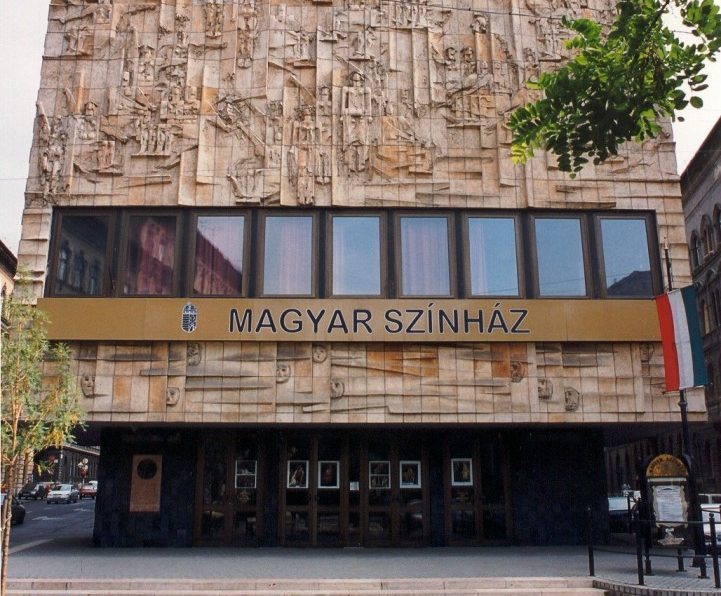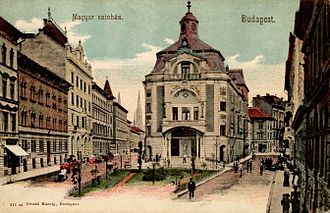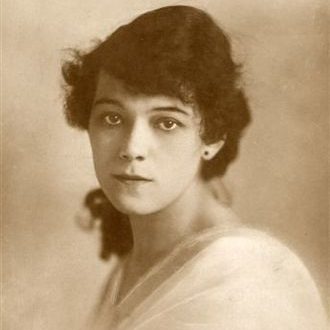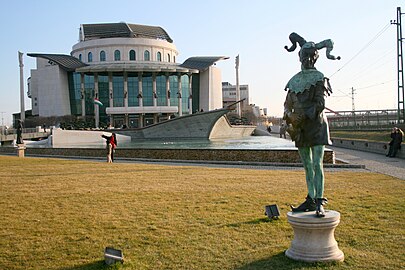Kossuth and Jászai Mari Award-winning actress Dorottya Udvaros was elected the Nation's Actress by the current holders of the title.Continue reading

186 years ago, the first permanent Hungarian-language theater in the capital, the Hungarian Theater of Pest, opened on August 22, 1837, and from 1840, it was known as the National Theater.
The Hungarian Theater started operating on August 22, 1837 as the first major Hungarian-language theatrical company in the city, at Astoria (road intersection in the center). They operated under this label until August 8, 1840, when the name was changed to the National Theater of Hungary. Switching homes several times, the company moved to its current building in 1966.

The Hungarian Theater on a postcard in 1897. It was built according to the plans of Adolf Láng. Photo via Wikipedia
The name ‘Hungarian Theater of Pest’ was restored on September 1, 2000, with the opening of the new National Theater.
From its foundation, the theater played an important role in Hungarian drama and national culture, and was a significant factor in political and social movements. Its first decade was marked by such seminal works of national culture as József Katona’s play Bánk bán (Bánk the Palatine), that was later made into an opera, and Ferenc Erkel’s László Hunyadi.
The theater also added musicals to its repertoire, including an opera in the year of its opening: the first such production was The Barber of Seville on August 29, 1837. Two months later, on October 29, the first grand opera, Bellini’s Norma, was performed. The last opera was staged at the National Theater in Budapest on June 30, 1884, after which these artworks were moved to the Opera House, which opened on September 27, 1884.

The theater on Blaha Lujza Square. Photo via Fortepan
After eleven years, the building at Astoria was closed in 1908, and demolished in 1913. The theater moved to Blaha Lujza Square, to the larger and more ornate People’s Theater, built in 1875. Even then, this was not considered a permanent solution, however the National Theater continued to operate there for over half a century.

Actress, Gizi Bajor in the lead role in a play. Photo via Wikipedia
The country’s first theater hosted such giants as Róza Laborfalvi, Gábor Egressy, Blaha Lujza, Gyula Csortos, Gizi Bajor, Artúr Somlay, Hilda Gobbi, Imre Sinkovits, Mari Törőcsik, Dezső Garas, and many others.

The main entrance of Thália Theater, which hosted the National Theater between 1964 and 1966. Photo via Facebook/Thália Színház
On February 13, 1964, it was announced on television that the Blaha Lujza Square building would be demolished for metro construction. The last performance was held on June 28, 1964 and the demolition began in January 1965.
The company first moved to Nagymező Street, in the building of today’s Thália Theater, and then in 1966 to Hevesi Sándor Square, and has been there ever since.
At the time of demolition, the new theater was promised to be built, however – again, for decades – nothing came of it. In 1964, a design competition was launched for a theater building to be built in Városliget, and architect Miklós Hofer spent twenty years working on the plans. The only change came in 1983, when actress Hilda Gobbi donated the money she received for her 70th birthday to lay the foundation stone for the new National Theater, and a nationwide fundraising campaign she initiated raised HUF 3.3 billion (EUR 8.6 million). In 1985, the building permit was issued, but again nothing happened for another year.

Hilda Gobbi (June 6, 1913 – July 13, 1988) was an award-winning actress, known for her portrayals of elderly women. Photo via Wikipedia
In 1987, a new call for tenders was launched, and the jury of experts decided that now Elizabeth Square was the most suitable location. On March 28, 1998, the foundation stone of the theater was ceremonially laid on Elizabeth Square. However, the government, taking office after the 1998 elections, stopped the construction, claiming that the site was not suitable for environmental and transport reasons and that the planned costs were excessive.

The National Theater today. Photo via Wikipedia
For the new National Theater in Budapest, the site was chosen to be at the Pest end of Rákóczi Bridge. The new National Theater, with a floor area of almost 20,000 square meters, was completed in less than 15 months and opened its doors on March 15, 2002 with Imre Madách’s The Tragedy of Man (Az ember tragédiája).
Featured image via pestimagyarszinhaz.hu